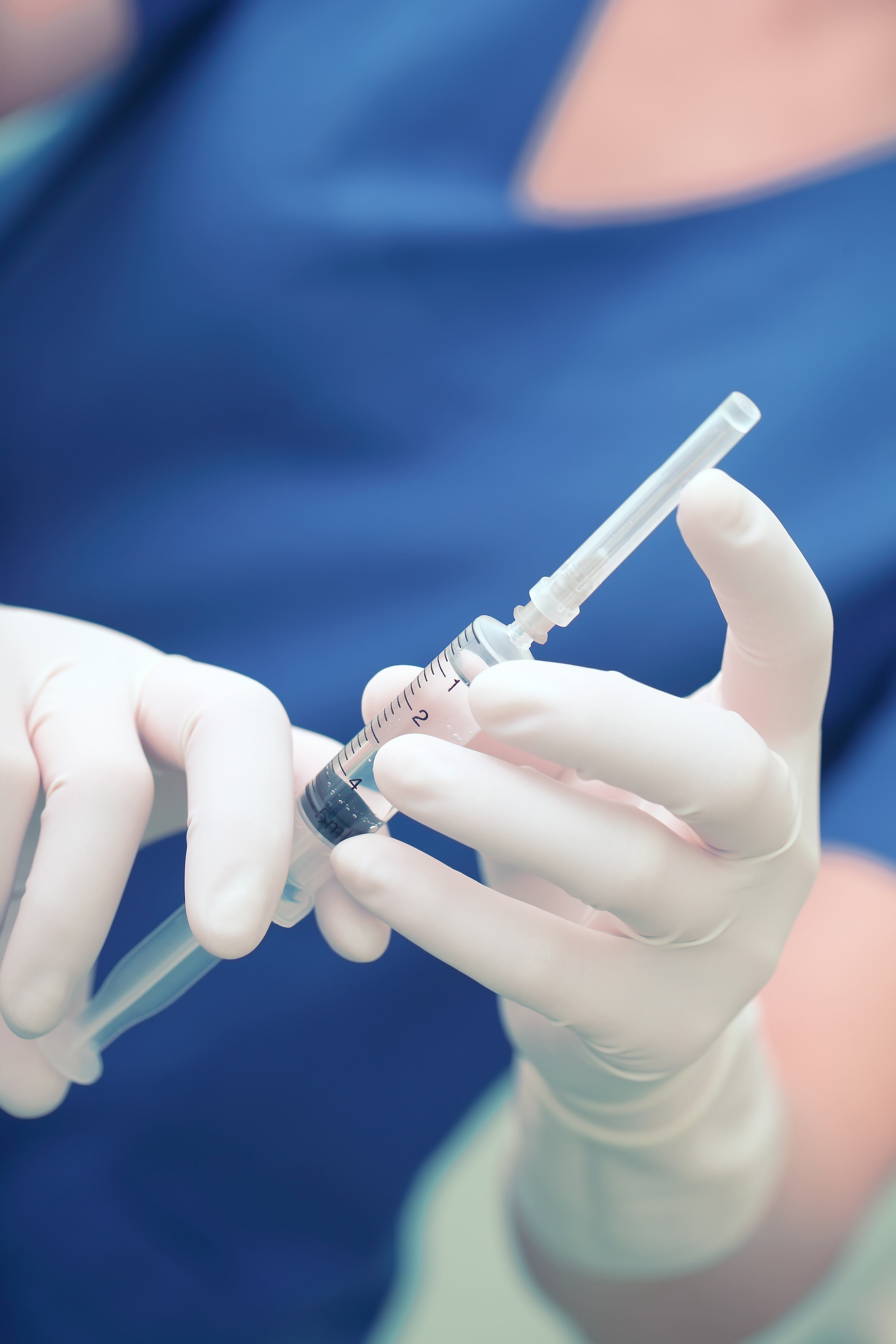
The Evolution & Impact of Sedation
Sedation in Medicine; A Journey Toward Precision and Safety
Today’s sedation practices are safer and more effective because of advancements in technology, monitoring capabilities, pharmacology, and patient-centric safety protocols. Whether you are looking to become a certificate-holding Sedationist or are interested in better understanding the science of sedation in medicine, this course provides valuable context for sedation applications and knowledge of current practices.
Sedation in the 19th century was incidental to the emergence of anesthesia. Ether, first used in 1846, was followed by nitrous oxide. This era laid the groundwork for refining techniques and better defining safety standards for sedation standards.
The 20th and early 21st centuries saw the introduction of new sedative agents tailored to pharmacodynamics and pharmacokinetics, along with the invention of more advanced sedation monitoring and sophisticated safety protocols. Parallel to this was the proliferation of non-invasive surgery amenable to sedation, replacing open procedures requiring general anesthesia. Combined, this has led to a call for more Sedationists capable of providing safe, effective, and reliable care.
Today, Sedationists play a critical role in a wide range of medical specialties, including dentistry, endoscopy, interventional radiology, cardiology, and numerous other in- and outpatient surgeries. They enable proceduralists to perform various procedures on their patients with minimal discomfort.
The severe shortage of anesthesiologists and nurse anesthetists has further opened the door for other physicians, nurses, and physician assistants to become Sedationists and care for patients undergoing a variety of procedures.
Sedation in the 19th century was incidental to the emergence of anesthesia. Ether, first used in 1846, was followed by nitrous oxide. This era laid the groundwork for refining techniques and better defining safety standards for sedation standards.
The 20th and early 21st centuries saw the introduction of new sedative agents tailored to pharmacodynamics and pharmacokinetics, along with the invention of more advanced sedation monitoring and sophisticated safety protocols. Parallel to this was the proliferation of non-invasive surgery amenable to sedation, replacing open procedures requiring general anesthesia. Combined, this has led to a call for more Sedationists capable of providing safe, effective, and reliable care.
Today, Sedationists play a critical role in a wide range of medical specialties, including dentistry, endoscopy, interventional radiology, cardiology, and numerous other in- and outpatient surgeries. They enable proceduralists to perform various procedures on their patients with minimal discomfort.
The severe shortage of anesthesiologists and nurse anesthetists has further opened the door for other physicians, nurses, and physician assistants to become Sedationists and care for patients undergoing a variety of procedures.
Characterization of Levels of Sedation
The characterization of levels of sedation helps to parse patient risk and define provider skills needed to administer safe sedation.
During moderate or conscious sedation, patients remain somewhat awake and responsive throughout their medical procedures, whereas during deep sedation, patients may lose consciousness and their protective airway reflexes.
The hallmark of moderate sedation is the ability for patients to maintain some level of consciousness while being relaxed and comfortable. With advancements in monitoring technology and pharmacology, moderate sedation has become a standard practice in both outpatient and hospital settings. These advances have improved patient safety and minimized the risks associated with sedation while enabling increased throughput and capacity.
The line between moderate and deep sedation, however, is continuous, and expertise is needed to differentiate these 2 stages of sedation. In addition, skills are required to recognize respiratory depression and support hemodynamic instability, as well as provide airway support if a temporary drift from moderate into deep sedation occurs.
During moderate or conscious sedation, patients remain somewhat awake and responsive throughout their medical procedures, whereas during deep sedation, patients may lose consciousness and their protective airway reflexes.
The hallmark of moderate sedation is the ability for patients to maintain some level of consciousness while being relaxed and comfortable. With advancements in monitoring technology and pharmacology, moderate sedation has become a standard practice in both outpatient and hospital settings. These advances have improved patient safety and minimized the risks associated with sedation while enabling increased throughput and capacity.
The line between moderate and deep sedation, however, is continuous, and expertise is needed to differentiate these 2 stages of sedation. In addition, skills are required to recognize respiratory depression and support hemodynamic instability, as well as provide airway support if a temporary drift from moderate into deep sedation occurs.
The Importance of Ongoing Education and Certification
The application of sedation services continues to expand, and the science behind sedation is increasingly complex; therefore, understanding how to safely administer sedation is both an increasingly important and an ongoing skill. As the field of sedation continues to evolve, Sedationists must acquire and stay current with the latest pharmacological agents, monitoring techniques, and updated guidelines. By earning a certificate in sedation through programs like Sedate-US in partnership with Ursuline College, professionals can deepen their understanding of sedation science and elevate their practice, enhancing patient care and procedural outcomes.
